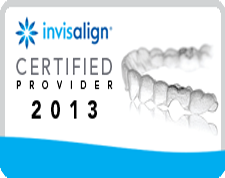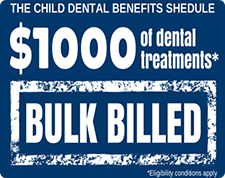A dental bridge is a fixed (non-removable) appliance and is an excellent way to replace missing teeth. That’s a good thing because missing teeth can cause surrounding teeth to shift, which may change your bite or make your jaw sore. Dental Bridges also serve as a cosmetic, allowing you to show off your beautiful smile without shame or fear that your missing tooth is what people will remember.
There are several types of bridges. You and your dentist will discuss the best options for your particular case. The “traditional bridge” is the most popular type and is usually made of porcelain fused to metal. This type of bridge consists of two Crowns that go over two anchoring teeth (abutment teeth) and are attached to pontics (artificial teeth), filling the gap created by one or more missing teeth.
Dental bridges cost less than other methods of tooth replacement. Dental bridges are highly durable & usually last many years, however they may need replacement or need to be re-cemented due to normal wear.
Why do I need a dental Bridge?
-
Fill space of missing teeth.
-
Upgrade from a removable partial denture to a permanent dental appliance.
-
Prevent remaining teeth from drifting out of position.
-
Maintain facial shape & restore your smile.
- Restore chewing and speaking ability.
What does getting a dental Bridge involve?
Getting a dental Bridge usually requires two or more visits. While the teeth are numb, the two anchoring teeth are prepared by removing a portion of enamel to allow for a crown. Next, a highly accurate impression (mold) is made which will be sent to a dental laboratory where the bridge will be fabricated. In addition, a temporary bridge will be made and worn for several weeks until your next appointment.
At the second visit, you permanent bridge will be carefully checked, adjusted, and cemented to achieve a proper fit. Occasionally your dentist may only temporarily cement the bridge, allowing your teeth and tissue time to get used to the new bridge. The new bridge will be permanently cemented at a later time. Your Dentist will provide you with the care instructions for the bridge at the conclusion of this dental procedure.









